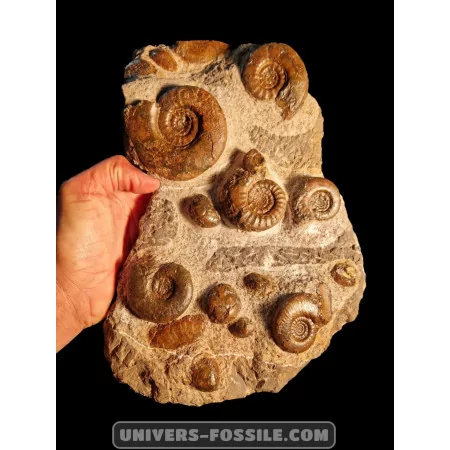Ammonites and Bivalves Plate - Exquisite Fossil Decor | Ammonites Category

Ammonites and Bivalves Plate: Exquisite Fossil Art Piece
Discover the mesmerizing world of ammonites with our beautifully crafted Ammonites and Bivalves Plate. Delve into the ancient depths of the ocean as you marvel at the intricate details of these fascinating fossils.
Ammonites: Fascinating Fossil Wonders
Ammonites are captivating fossils that have intrigued researchers and paleontology enthusiasts for centuries. These extinct marine creatures belonged to the class of cephalopod mollusks and thrived in the oceans worldwide for millions of years.
Features of Ammonites
Ammonites had external shells composed of mother-of-pearl, similar to those of modern squids and octopuses. Their shell, often richly ornamented, helped protect them from predators and regulate their buoyancy in the water.
A distinctive feature of ammonites is their suture, the intricate suture line marking the junction of chambers in their shell. These sutures varied in complexity and pattern among species and are often used to classify and identify ammonite fossils.
Ammonites in History
Ammonites have played a significant role in many cultures throughout history. Their fossils have been discovered in ancient archaeological sites and hold a special place in the world of paleontology.
Bring a piece of prehistoric charm into your home with our Ammonites and Bivalves Plate. Each plate is a unique blend of art and science, showcasing the beauty and mystery of these ancient marine creatures.
Ammonites and Bivalves Plate
